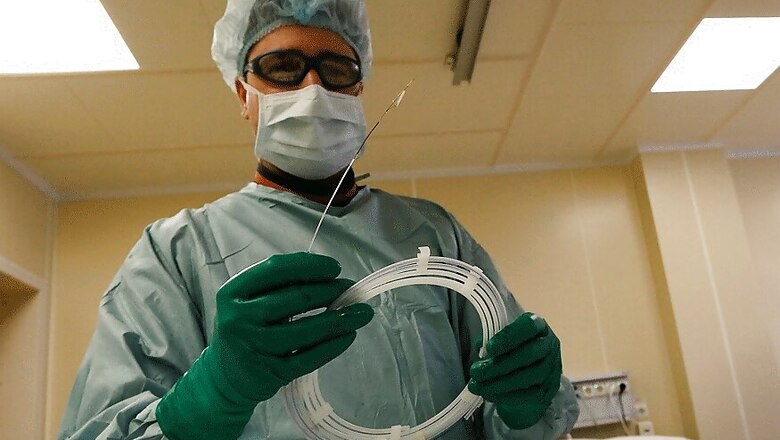
views
New Delhi: A fall of up to 85% in the prices of coronary stents has been one of the major successes in the healthcare sector in recent times.
After highlighting this at an election rally in Uttar Pradesh in February, Prime Minister Narendra Modi again talked about it on Monday at the inauguration of a multispeciality hospital in Surat, Gujarat.
“Many pharma firms are unhappy with my decision of cheaper stents and medicines,” Modi said.
“Mechanisms were put in place to bring down prices of medicines, even if that annoyed some pharma companies. There are powerful people who are unhappy with me. But my commitment is to provide affordable healthcare for poor and the middle class,” said Modi, highlighting his government’s work in healthcare.
The ceiling price on stents, at Rs 7,260 for bare metal ones and Rs 29,600 for drug-eluting variety, slashed the cost of these lifesaving medical devices by up to 85%. Earlier, the rise in cost of a stent from the point of manufacture to its sale could be anywhere between Rs 10,000 and Rs 2 lakh. According to government data, the device’s price used to see a markup of 1000-2000% over the course of its journey to the customer.
The price ceiling had been due after the government’s decision to include stents in the National List of Essential Medicines in July last year.
The move to cut the prices came on the heels of a long struggle of public health professionals, lawyers and activists. Requests to either include stents in the NLEM or fix the maximum retail price came from drug controllers in states like Odisha and Maharashtra, and from a public interest litigation filed in the Delhi High Court by lawyer Birender Sangwan.
Sangwan took it up first in 2014, after having faced a private hospital’s obscene price tag, and his PIL led to the Delhi High Court giving the Centre a deadline of March 1, 2017 to cap the prices.
The cardiac stent, a device made of wire mesh measuring only a few millimeters, has commanded outsize attention in India in recent years, thanks to the rising incidences of heart disease in the country. Ischaemic heart disease is now India’s biggest killer, beating all other infectious and non-communicable diseases. In 2012 alone, Ischaemic heart disease killed more than 12 lakh people in India, and the numbers is projected to grow.
Hence the cap, despite the industry’s protests against the decision taken by the National Pharmaceutical Pricing Authority of India.
In a letter dated January 27, 2017, to the National Pharmaceutical Pricing Authority (NPPA), mandated to fix the ceiling price, Dr Naresh Trehan, the Chairman of the Confederation of Indian Industries’ National Healthcare Council, asked that various sub categories of drug-eluting stents (DES) be recognised and different ceiling prices for different types of DES be fixed. Trehan, one of India’s most famous cardiac surgeons, is also chairman of Medanta Medicity, the sprawling multi-speciality hospital in Gurgaon.
A letter from Federation of Indian Chambers of Commerce and Industry’s (FICCI) medical devices forum also sought differential pricing for stents.
The figures collected by the NPPA are remarkable. The minimum and maximum landed cost for a DMS are Rs 5,129 and Rs 40,820. The final maximum and minimum MRP for these stents are Rs 40,000 and Rs 198,000, respectively. The minimum and maximum cost of production for domestic DMS are Rs 7,600 and Rs 8,250. The corresponding MRPs are Rs 55,000 and Rs 195,000. The ‘trade margin’ of the hospital to the patient can be anywhere between 11% and 654%.
Industry representatives, however, had asked the price be calculated on the basis of market average of prices, which would still be far too expensive, as 60% of the Indian market is dominated by multinational companies. Doctors, too, are biased towards using imported stents over domestic ones. A compilation of the MRPs of stents by these companies showed regular price increases from one model to another.
Doctors have raised alarm at the growing number of young people with heart conditions, including in rural areas, needing stents in order to clear blocked arteries. The rising demand for stents had raised ethical concerns over the lack of affordability, of what has now become an essential medical device, and fears of malpractice. Doctors at a press conference in New Delhi, in January, told the reporters about incidences where patients with only 50% blockage in an artery, but were given a stent. Stents are recommended to be used for about 80% blockage. Or, when doctors, incentivised by manufacturing companies to use as many stents as possible, implanted one more stent than necessary in the patient.
“Attendees cannot make an informed choice in this situation,” said Dr Mira Shiva of the All India Drug Action Network.













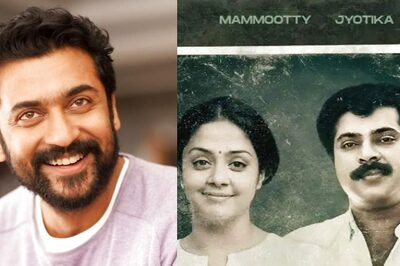
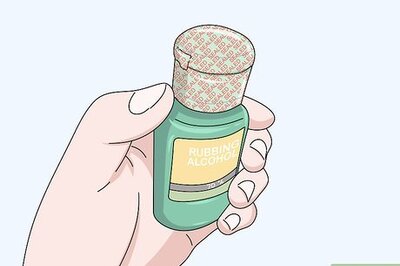
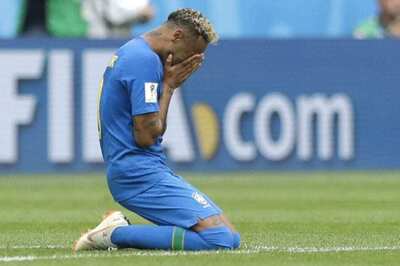


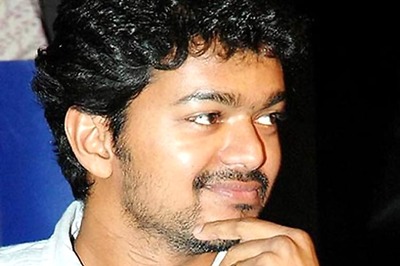
Comments
0 comment